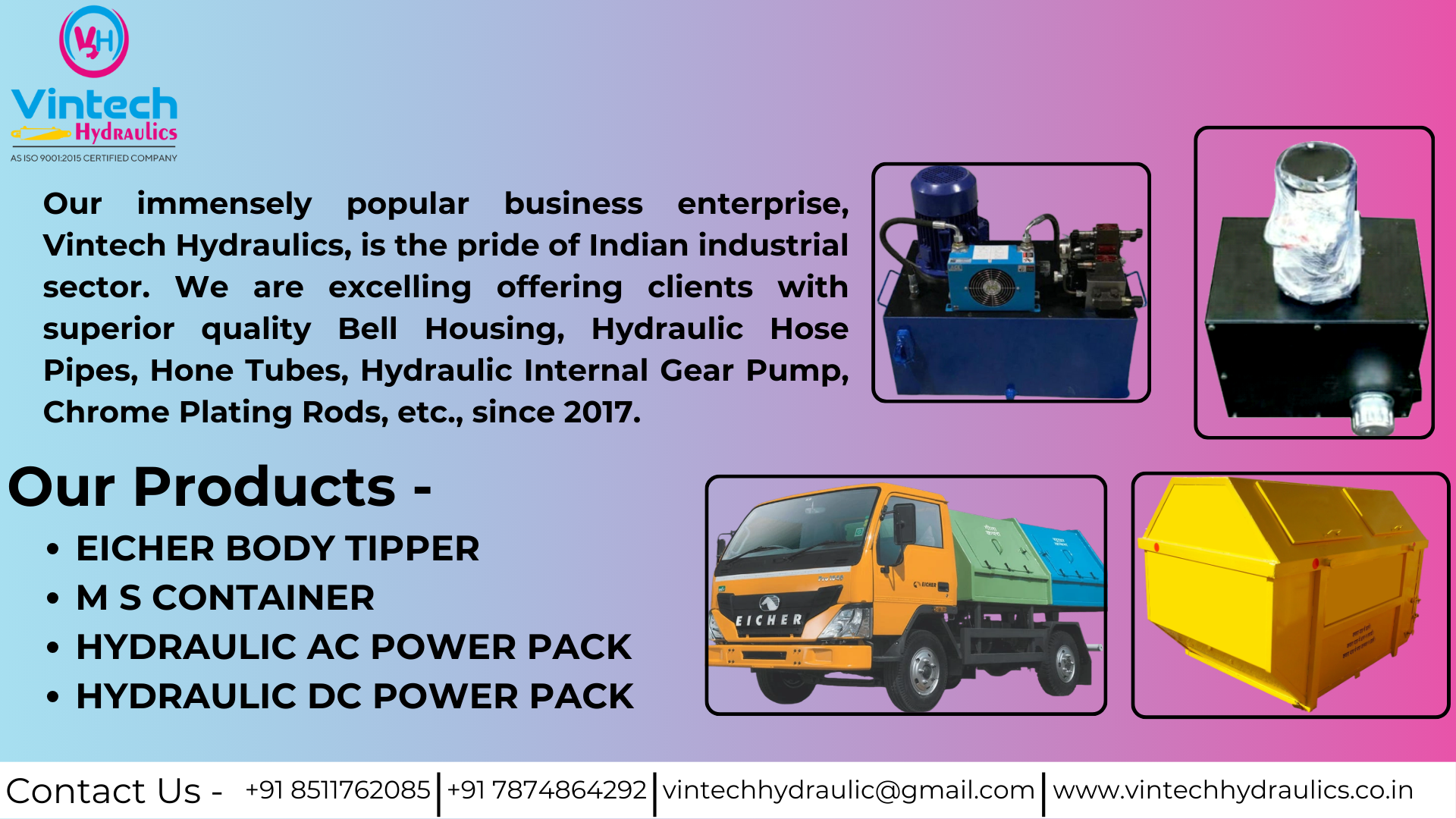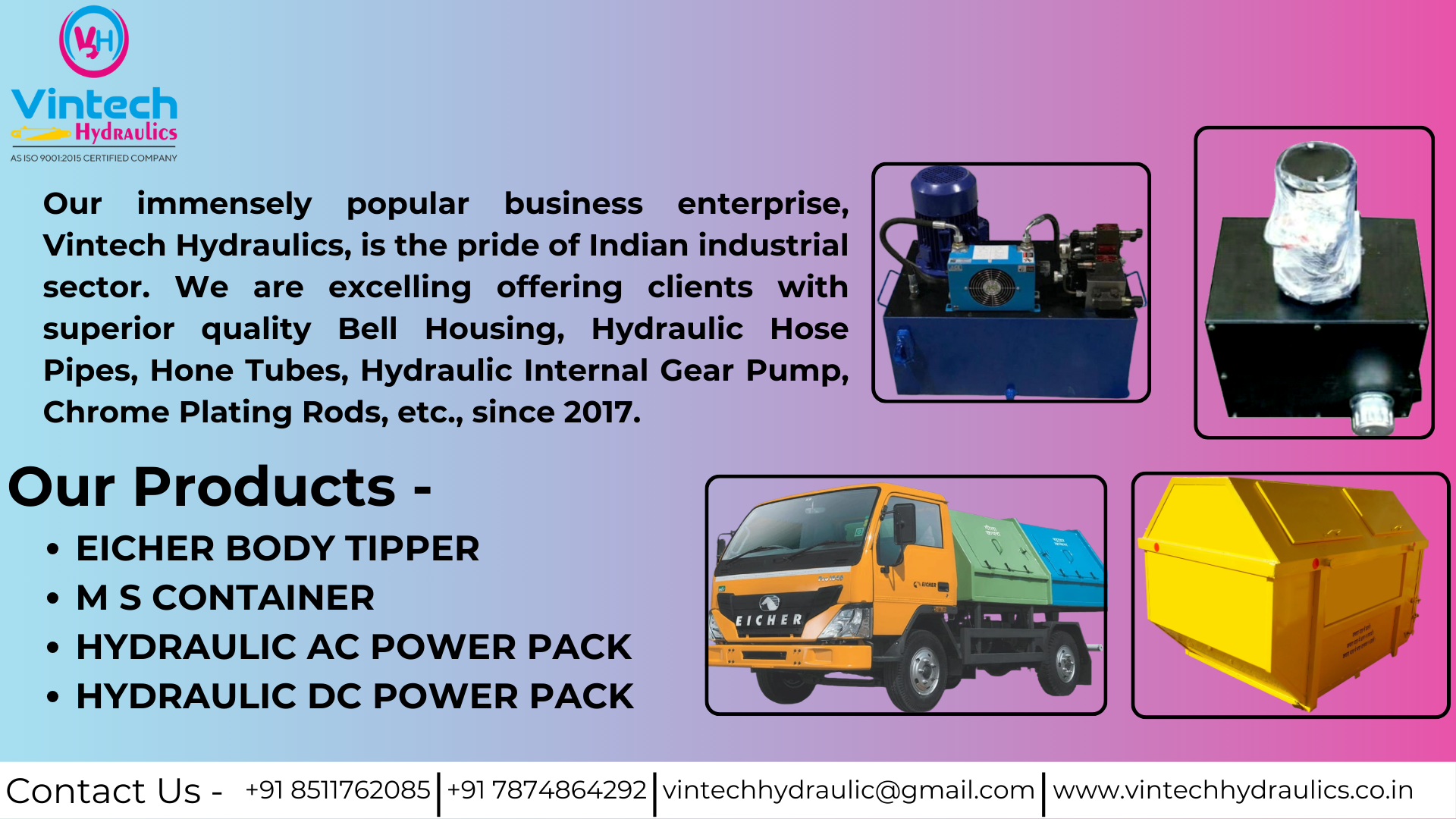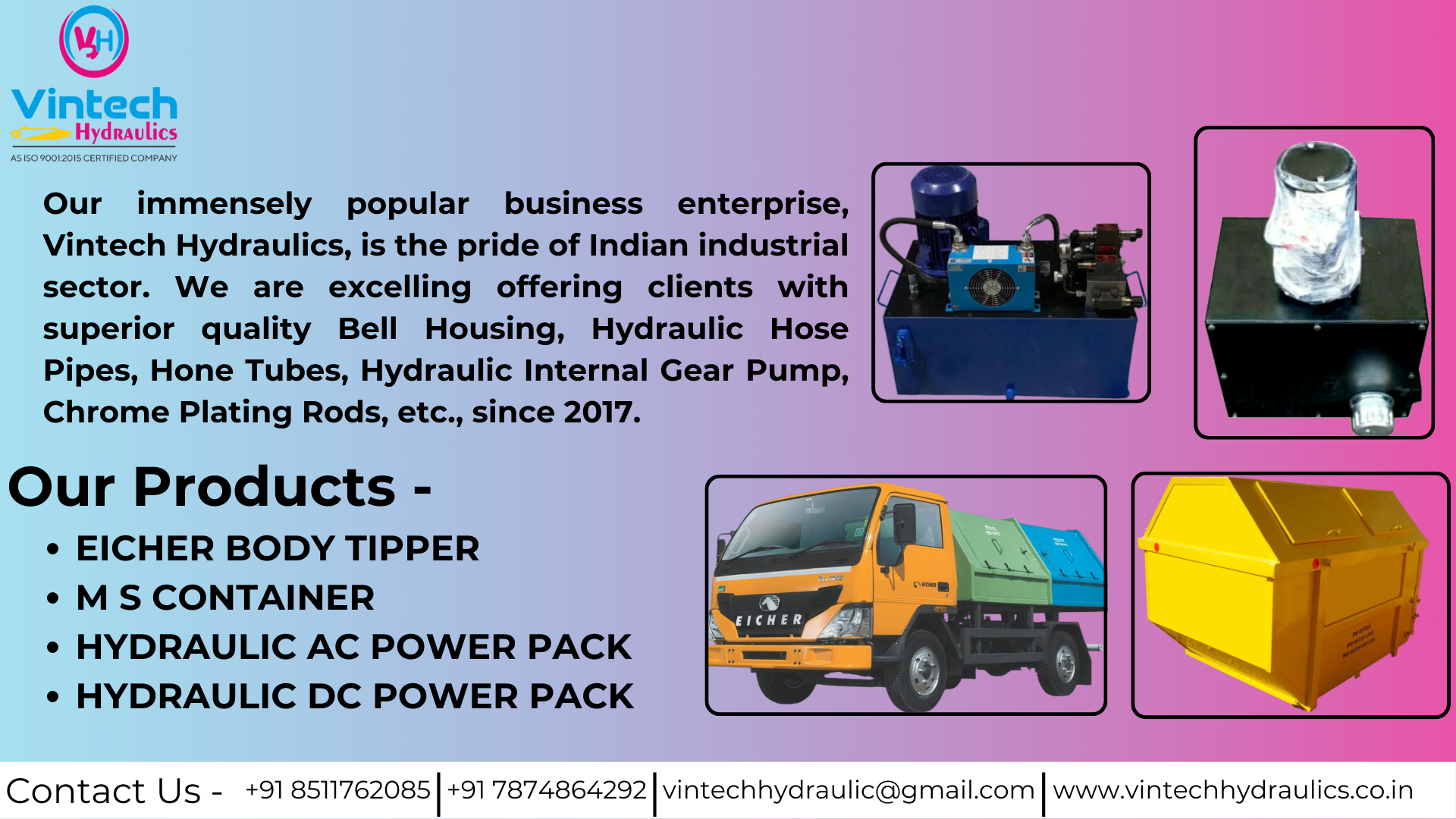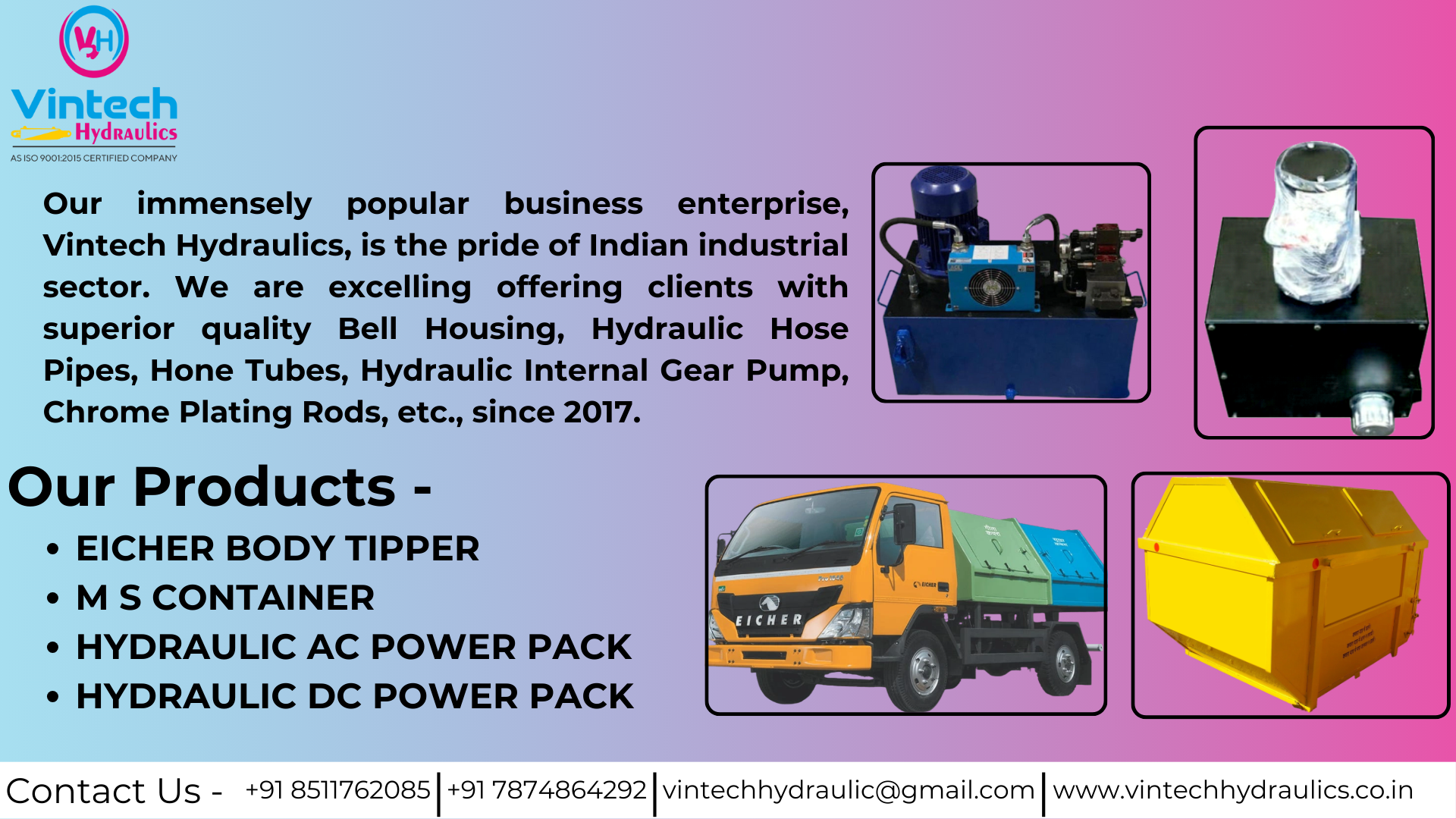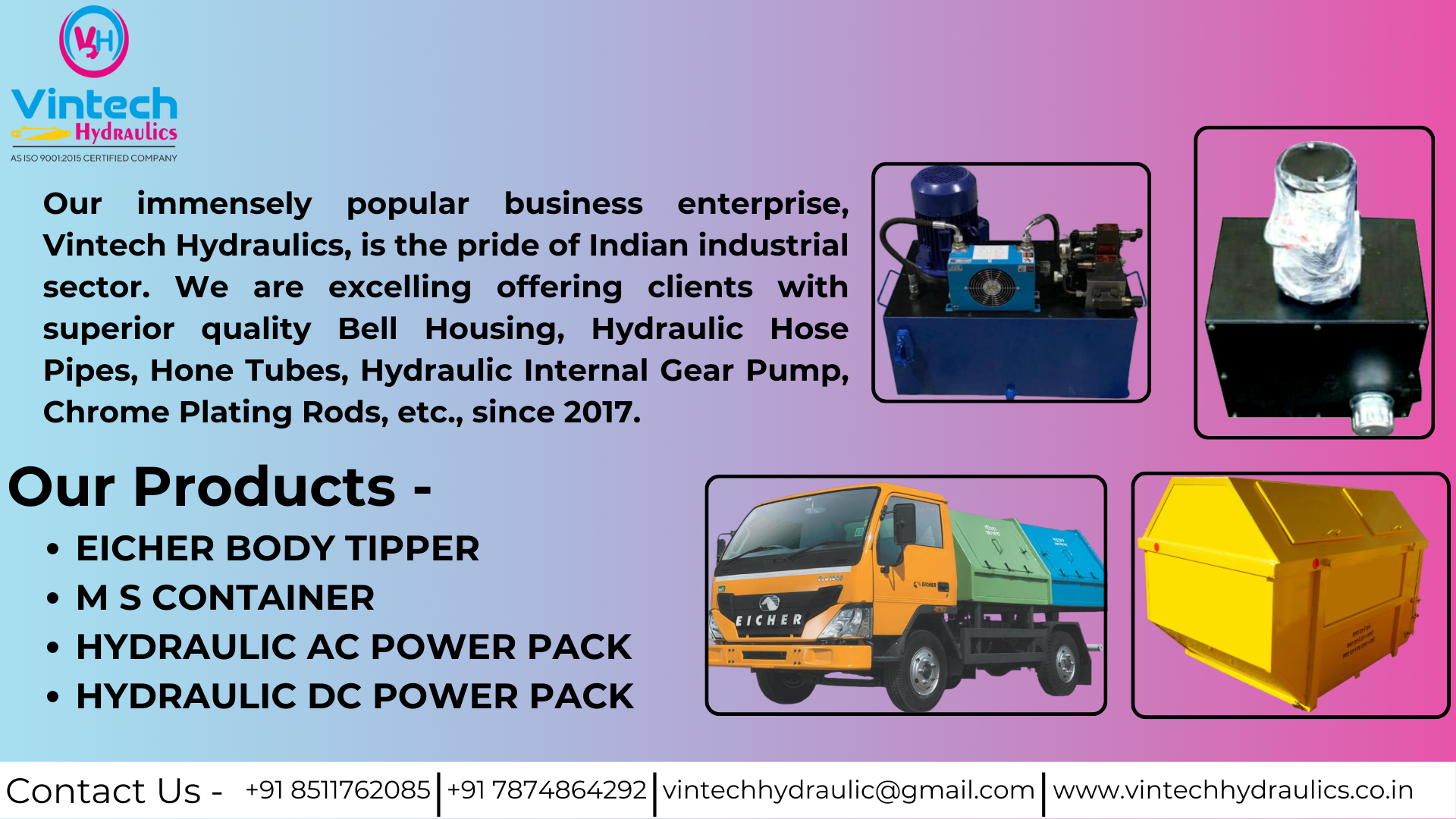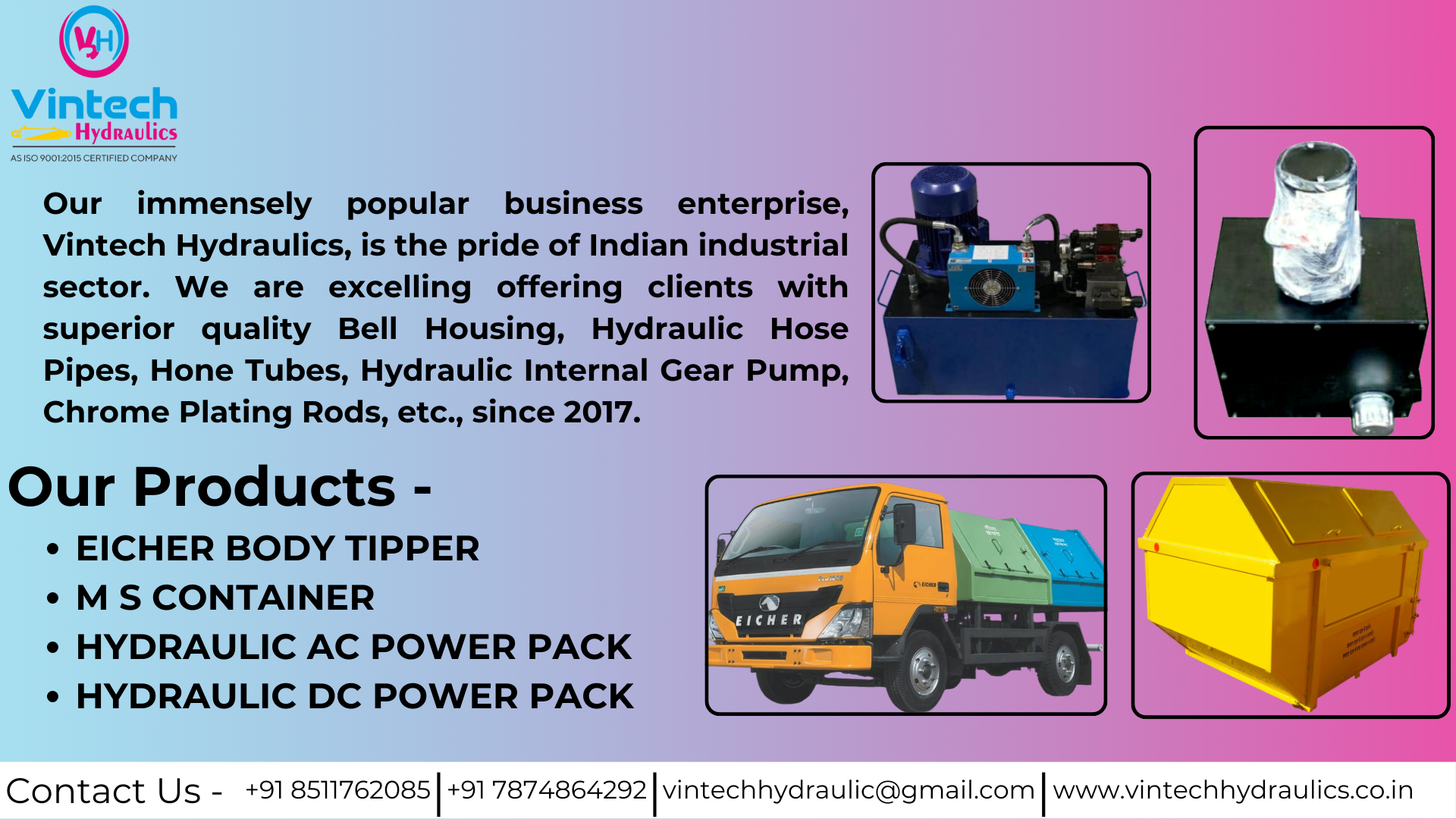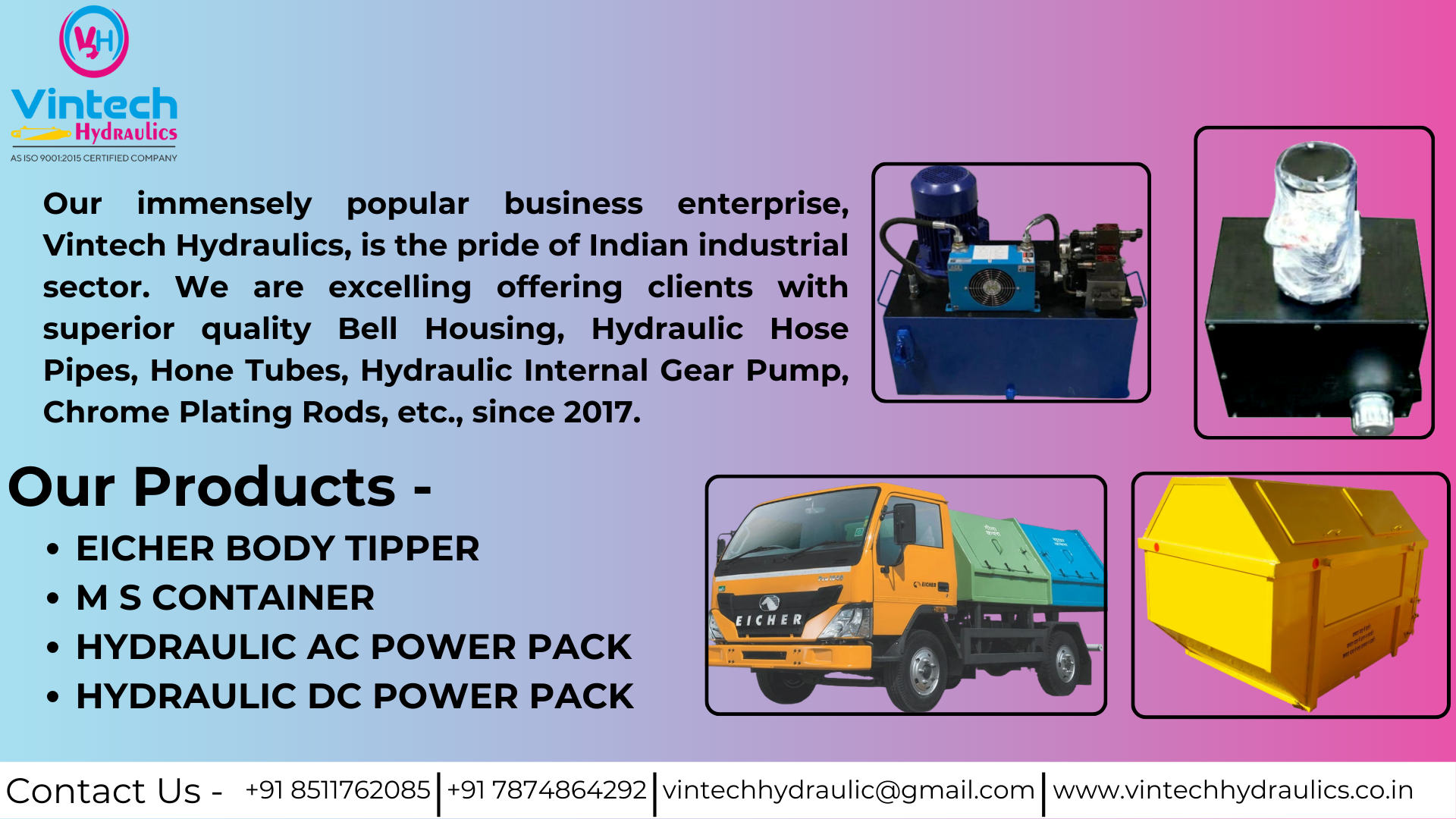
Hydraulic Accumulator
Hydraulic Accumulator
1. Introduction
A Hydraulic Accumulator is a pressure storage reservoir in which hydraulic fluid is held under pressure by an external source such as compressed gas, a spring, or gravity. It is a critical component of hydraulic systems used to store energy, absorb shocks, maintain pressure, and ensure smooth functioning.
Hydraulic accumulators work by storing fluid under pressure and releasing it when needed, like a battery stores and releases electrical energy.
Think of it as a “hydraulic energy bank” used for buffering and stability in fluid power systems.
2. Key Components
| Component | Description |
|---|---|
| Shell or Pressure Vessel | Outer casing made of high-strength steel or composite |
| Gas Chamber (Nitrogen) | Contains compressed gas (typically nitrogen) |
| Bladder / Diaphragm / Piston | Separates the gas and fluid compartments |
| Fluid Port | Entry/exit point for hydraulic fluid |
| Gas Valve | Used for charging or checking gas pressure |
| Mounting Hardware | Brackets or flanges for installation |
3. Specialities of Hydraulic Accumulators
-
Energy Storage – Stores hydraulic energy for peak demand usage
Shock Absorption – Dampens pressure spikes or pulsations in fluid circuits
-
Compensation – Maintains pressure in case of pump failure or leakages
-
Multiple Configurations – Available as bladder, piston, and diaphragm types
Emergency Backup – Can power the system during brief power or pump loss
-
Custom Sizes & Pressures – Built from 0.5L to 100L or more; up to 400+ bar
4. Common Uses / Applications
| Industry / Sector | Application |
|---|---|
| Construction Machinery | Controls pressure and prevents hammering |
| Automotive Industry | Braking systems, suspension systems |
| Industrial Presses | Smooth force application in stamping or molding |
| Marine & Offshore | Compensates for oil volume changes due to temp/pressure |
| Oil & Gas | BOP systems, pipeline stabilization |
| Agricultural Equipment | Tractor and harvester hydraulics |
| Renewable Energy Systems | Wind turbine pitch control, energy recovery systems |
5. Advantages
| Advantage | Benefit |
|---|---|
| Energy Efficiency | Stores energy for peak use, reducing system strain |
| Shock Protection | Absorbs hydraulic shocks and pulsations |
| Leakage Compensation | Maintains system pressure even during small leaks |
| Smooth System Operation | Reduces jerks, surges, or delays in actuator movements |
| Safety & Emergency Use | Operates critical systems if main power or pump fails |
| Low Maintenance | Simple design and long service life with periodic checks |
6. How It’s Made – Manufacturing Process
| Step | Description |
|---|---|
| Design Phase | System requirements (volume, max pressure, fluid type) determined |
| Shell Fabrication | High-grade steel cylinders shaped, welded, and tested for strength |
| Bladder/Diaphragm Production | Made of rubber or elastomer; cut and cured for elasticity |
| Assembly | Bladder/piston inserted, valves and ports fixed |
| Pressure Testing | Tested up to 1.5–2x max pressure using water/oil |
| Nitrogen Charging | Gas pre-charge added for required system behavior |
| Surface Coating | Anti-rust paint or powder coating applied |
| Quality Control | Each unit goes through functional, leak, and burst tests |
7. FAQs (Frequently Asked Questions)
What is the main purpose of a hydraulic accumulator?
To store energy, absorb pressure spikes, and maintain fluid pressure in hydraulic systems.
What type of gas is used inside?
Typically dry nitrogen, as it is non-reactive and stable under pressure.
How often should accumulators be inspected?
Every 6–12 months depending on system duty cycle; check pre-charge and leaks.
Can it be used in vertical and horizontal positions?
Yes. Though bladder and diaphragm types prefer vertical mounting, piston types work in both orientations.
What is the difference between bladder and piston types?
| Fast response | High volume |
| Compact size | More stable in high pressure |
| Vertical use | Horizontal or vertical use |
What happens if the gas pressure is too low?
The accumulator may not discharge fluid properly, leading to poor system performance.
8. Importance in Hydraulic Systems
-
Ensures continuous and reliable operation of hydraulic systems
-
Helps prevent damage to pumps and valves due to pressure fluctuations
-
Enables energy recovery, improving system efficiency
-
Provides standby hydraulic power in case of sudden pump failure
9. Conclusion
A Hydraulic Accumulator is a vital component in modern fluid power systems. Whether in an excavator, industrial press, or offshore rig, it acts as a silent guardian—ready to absorb shocks, support pressure, and deliver fluid power when needed most.
By choosing the right accumulator and maintaining it well, you ensure longer equipment life, better performance, and greater system safety.
